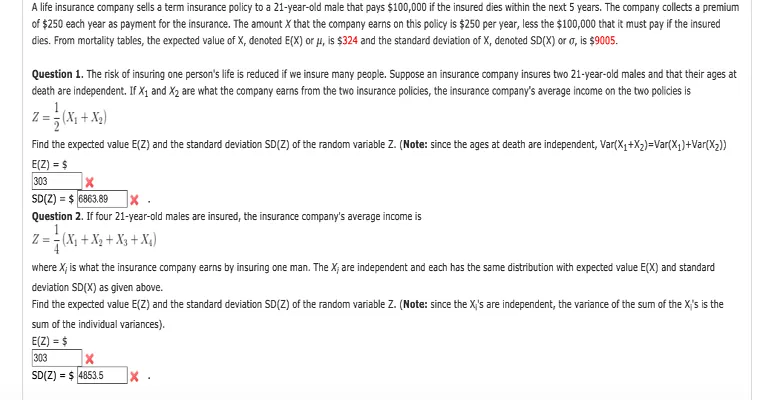Navigating the complexities of "NYS Medicaid long-term nursing care" can be challenging, especially when considering the possibility of transferring benefits from a "nursing home" to "home care". Many individuals and families face this dilemma as they seek to provide a comfortable living situation for their loved ones while managing financial constraints. Understanding how the Medicaid system operates in New York State is crucial for making informed decisions regarding long-term care options.
Medicaid is a state and federally funded program designed to assist low-income individuals and families with healthcare costs. In New York State, Medicaid covers various long-term care services, including those provided in nursing homes. However, the rules surrounding "transferring Medicaid benefits" can be intricate and are subject to specific regulations.
When a person is enrolled in "NYS Medicaid for nursing home care", they are typically receiving comprehensive medical and personal care services. These services can be costly, and many individuals eventually seek to transition to home care, which may offer a more comfortable and familiar environment. However, transferring Medicaid benefits from a nursing home to home care is not always straightforward.
One of the primary factors to consider is the eligibility criteria for Medicaid home care programs. In New York, there are two main types of home care programs under Medicaid: the "Personal Care Services Program" (PCSP) and the "Home and Community-Based Services" (HCBS) Waiver. Each program has its own set of requirements, and eligibility is often based on the individual’s functional needs and financial situation.
To transition from nursing home care to home care under Medicaid, the individual must undergo a reassessment of their needs. This reassessment will determine if they qualify for home care services based on their current health status and the extent of assistance required. It is essential to gather all necessary documentation, including medical records and financial information, to facilitate this process.
Another critical aspect to consider is the "look-back period" imposed by Medicaid. In New York, there is a five-year look-back period during which any significant transfers of assets may affect eligibility for Medicaid benefits. Therefore, it is crucial to plan ahead and consult with a Medicaid planning professional to avoid any unintended consequences that could jeopardize access to home care services.
Additionally, families should also explore alternative funding options, such as long-term care insurance or veterans' benefits, which may provide additional support for home care services. Understanding all available resources can help individuals make the best decision for their long-term care needs.
In conclusion, it is possible to transfer "NYS Medicaid long-term nursing care" from a nursing home to "home care", but it requires careful planning and consideration of eligibility criteria, reassessment needs, and Medicaid regulations. Families should seek professional guidance to navigate this complex process and ensure that their loved ones receive the appropriate care they need in a setting that is comfortable and familiar. By understanding the nuances of Medicaid and exploring all available options, individuals can make informed decisions about their long-term care journey.





